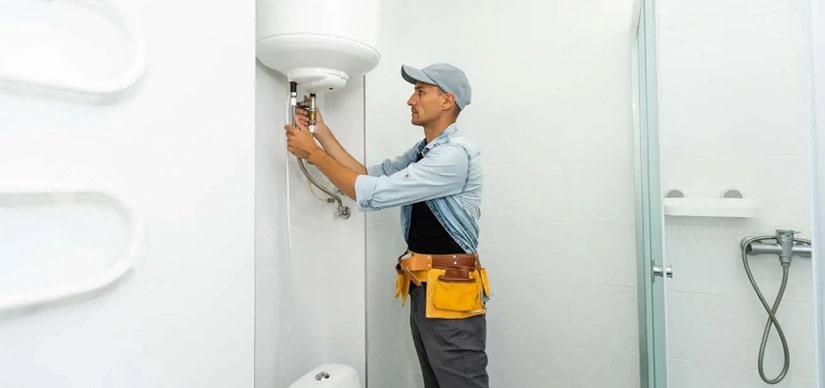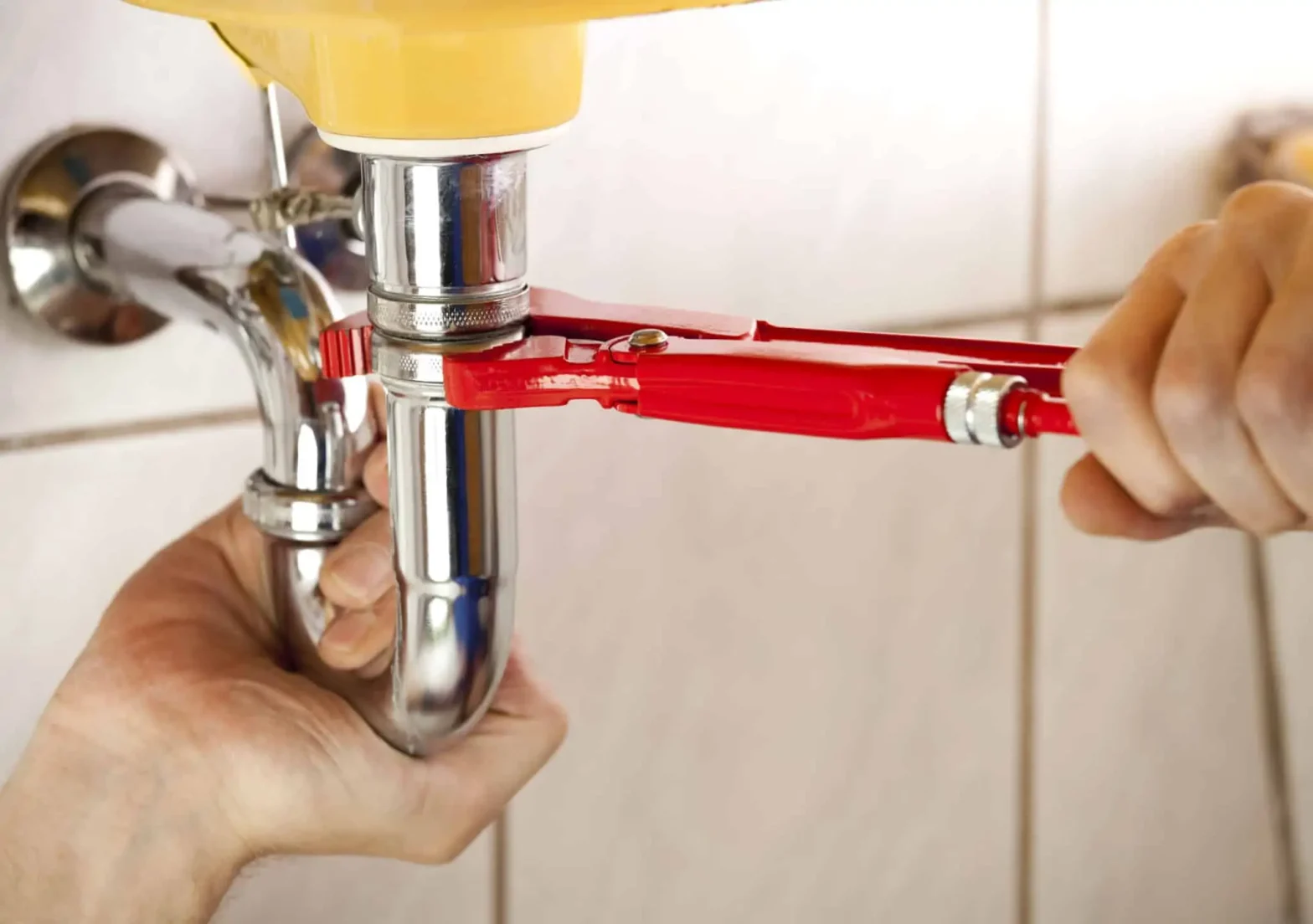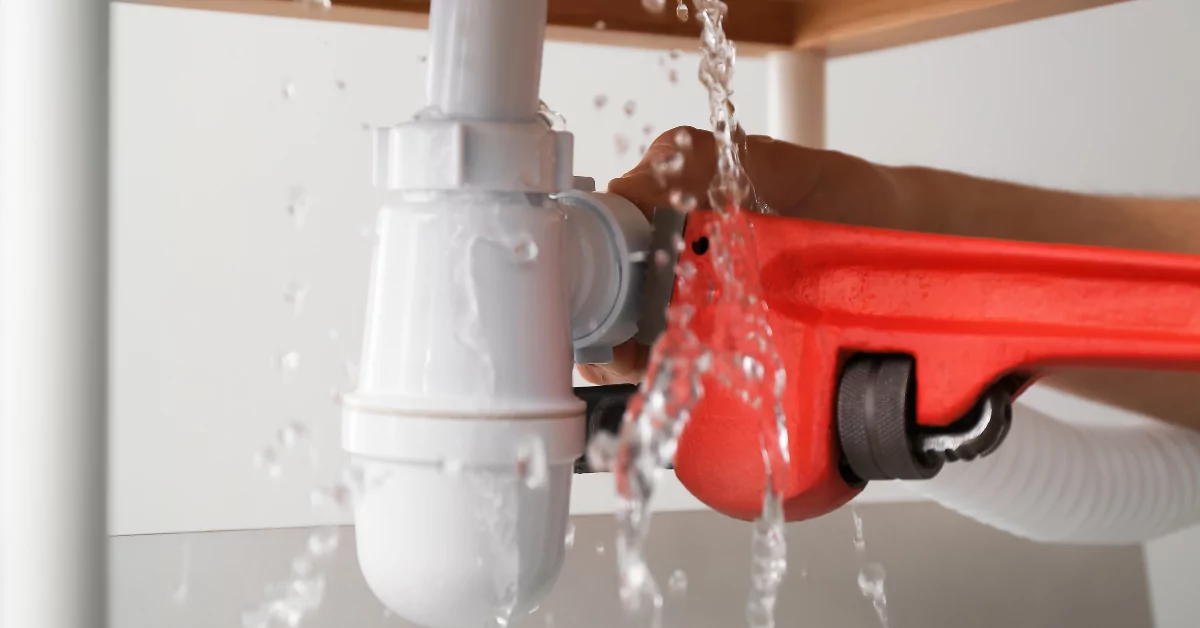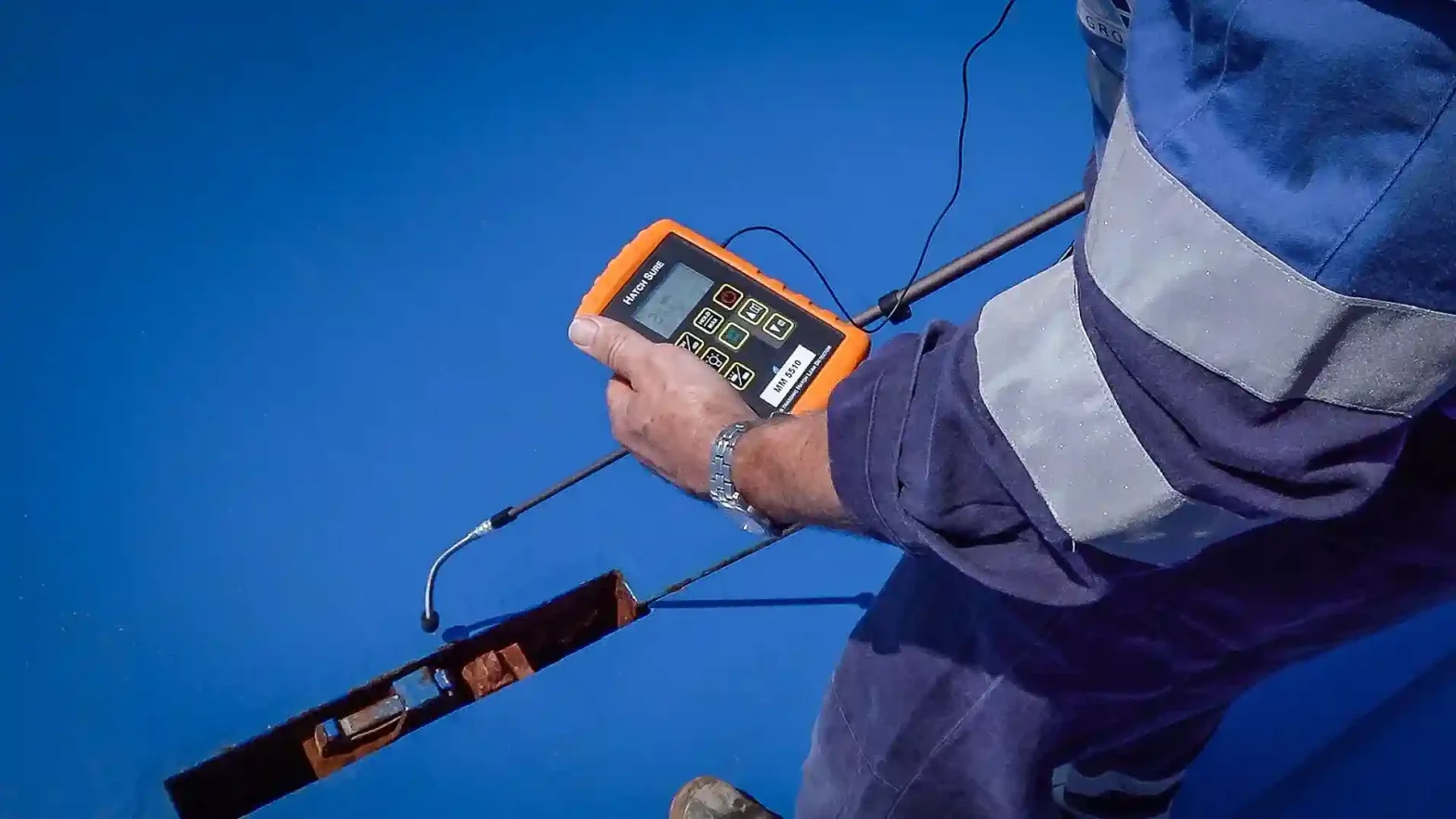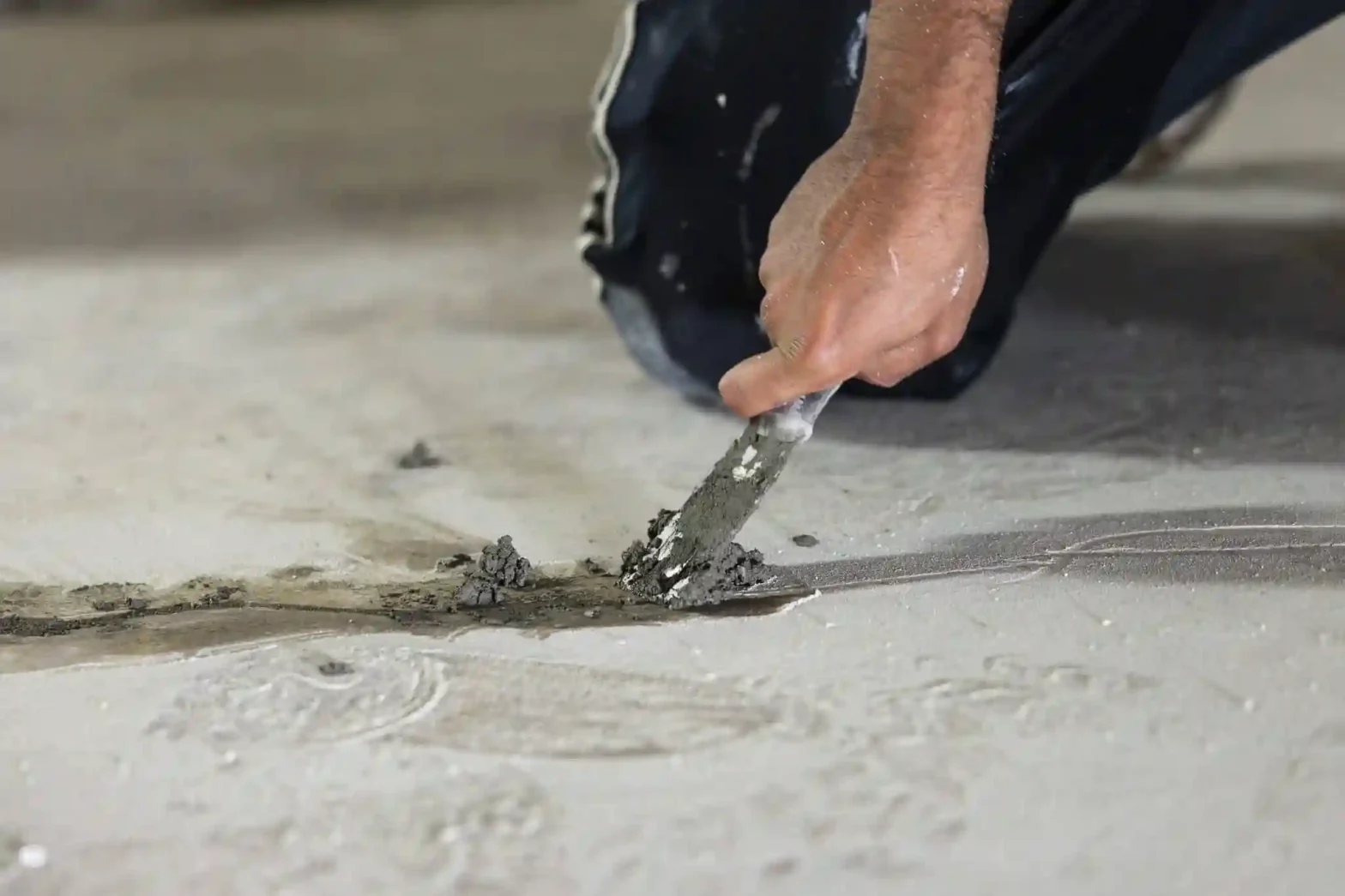How Frequently Should I Drain My Water Heater, And How Do I Flush It?
If you own a home in Costa Mesa, CA, chances are you have a water heater that you rely on for hot water. It’s important to understand how to properly maintain your heater so it continues to work effectively. Water heater repair in Costa Mesa, CA, is an important task to consider.
Regular maintenance and cleaning of the water heater are necessary for it to function properly and last for a long time. It’s important to know how frequently to drain and flush your heater, as well as how to do it.
In this blog post, we’ll discuss how frequently you should drain and flush your water heater and how to do it. We’ll also cover the importance of having a professional heater repair technician in Costa Mesa, CA, assist with any necessary maintenance or repairs.
Why you should drain your water heater
Draining your water heater is an important part of maintaining it, as it helps to remove any sediment that has built up in the tank. Sediment can reduce the efficiency of your heater, leading to higher energy bills and shorter life spans for the unit.
By draining your water heater regularly, you can avoid costly repairs and help keep your energy costs low. Additionally, flushing your heater helps prevent corrosion inside the tank, which could lead to leaks or other damage.
Regular maintenance can also help improve the taste of your hot water. So, if you want to keep your heater in top condition, it’s important to drain it periodically.
How often you should do it
The frequency with which you should drain your water heater depends on several factors, including the age of your tank and the quality of your water. Generally, you should plan to drain and flush your heater at least once a year.
This helps to remove any sediment that has accumulated in the tank, reducing the risk of a buildup that can reduce efficiency and potentially cause damage.
If you have an older tank or hard water, it’s a good idea to check it more often. You can do this by opening the drain valve at the bottom of the tank and observing whether sediment is coming out of the tank.
If sediment is present, you should immediately flush your water heater. If you notice that your heater isn’t heating as well as it used to, it may be time to flush it.
What tools you need
Draining and flushing your heater is a relatively simple job, but it does require some basic tools. You will need a garden hose, a large bucket, pliers or a pair of slip-joint pliers, a socket wrench, and some cleaning agents if you’re dealing with sediment in the tank.
It is recommended that you consult with a professional water heater repair Costa Mesa, CA technician to ensure that you have the right tools and safety measures in place before you begin the process.
How to do it
Draining your water heater is an important part of maintaining it properly. This process will help ensure that your heater operates efficiently and continues to provide you with hot water.
It is also necessary to flush the tank to remove any sediment that may have built up over time.
Here are the steps for draining and flushing your heater:
- Turn off the power source or gas supply to the water heater.
- Connect a garden hose to the drain valve at the bottom of the tank.
- Place the other end of the hose into a bucket or floor drain.
- Open the pressure relief valve located on the side of the tank to release any pressure buildup inside.
- Open the drain valve and let the tank drain completely. Make sure to open a nearby faucet so air can enter the tank.
- When all the water has drained out, close the drain valve and remove the hose.
- Refill the tank with cold water and let it run for several minutes before turning off the faucet.
- If there is sediment inside the tank, hire a professional for water heater repair in Costa Mesa, CA, to come in and flush it out properly.
- Once you’ve flushed the tank, close the pressure relief valve and turn on the power source or gas supply.
- You can now begin using your water heater again.
What to do if there’s sediment in your tank
If you find sediment in your tank when you go to flush it, it’s important to take care of it right away. If the sediment isn’t removed, it can cause corrosion, clog the lines, and reduce the efficiency of your water heater.
Fortunately, there are a few steps you can take to address the issue.
First, start by turning off the power and water supply to the water heater. Then, use a garden hose to siphon out any standing water from the tank.
Make sure to avoid releasing any of the sediment into the environment or your drainage system.
Next, you’ll need to use a plumber’s snake, or a similar tool, to remove any built-up sediment in the tank. Start at the bottom of the tank and move your tool in a circular motion to dislodge the sediment.
Once all of the sediment is removed, you can put the garden hose back in and refill the tank with freshwater.
Finally, flush the tank by running hot water through it until all of the sediment is gone. After this process is complete, make sure to turn the power and water supplies back on.
It’s important to keep an eye on your water heater for signs of sediment buildup so you can act quickly if necessary. Following these steps will help ensure your water heater runs efficiently and safely.
The importance of having a professional water heater repair technician in Costa Mesa CA
Having a professional plumber who repairs water heaters in Costa Mesa, CA, is essential for any homeowner who needs to maintain their unit.
This is because a water heater repair technician has the specialized knowledge, skills, and experience necessary to properly diagnose and repair any water heater issue.
They can also provide regular maintenance, such as draining and flushing the tank, to keep your system running smoothly and efficiently.
Having a qualified technician on call can also help guide you on how to maintain your water heater to avoid costly repairs or replacements down the road. A technician can easily detect any potential issues and address them before they become serious.
They can also check the pressure and temperature of the unit, ensuring it is operating at the right level for your needs.
Finally, if you do need a replacement heater, a professional technician can help you select one that best fits your needs and budget. From tankless models to electric models, they’ll have the knowledge and expertise to make sure you make an informed decision.
So if you have a water heater in Costa Mesa, CA, make sure to call a professional water heater repair technician for any repair or maintenance needs. They’ll have the expertise to get the job done right and ensure your heater runs smoothly for years to come.
Conclusion
Draining and flushing your heater on a regular basis is an important part of keeping it in good condition and ensuring that it operates efficiently.
Doing so will help extend its life and save you money on energy bills. When it comes to draining and flushing your heater, it is best to leave the job to a professional water heater repair technician in Costa Mesa, CA.
They will have the knowledge and expertise necessary to do the job correctly and safely, as well as provide any necessary repairs if needed.
If you do choose to do the job yourself, make sure that you read up on the proper procedures and use the right tools for the job. With regular maintenance, your water heater can last for many years.


